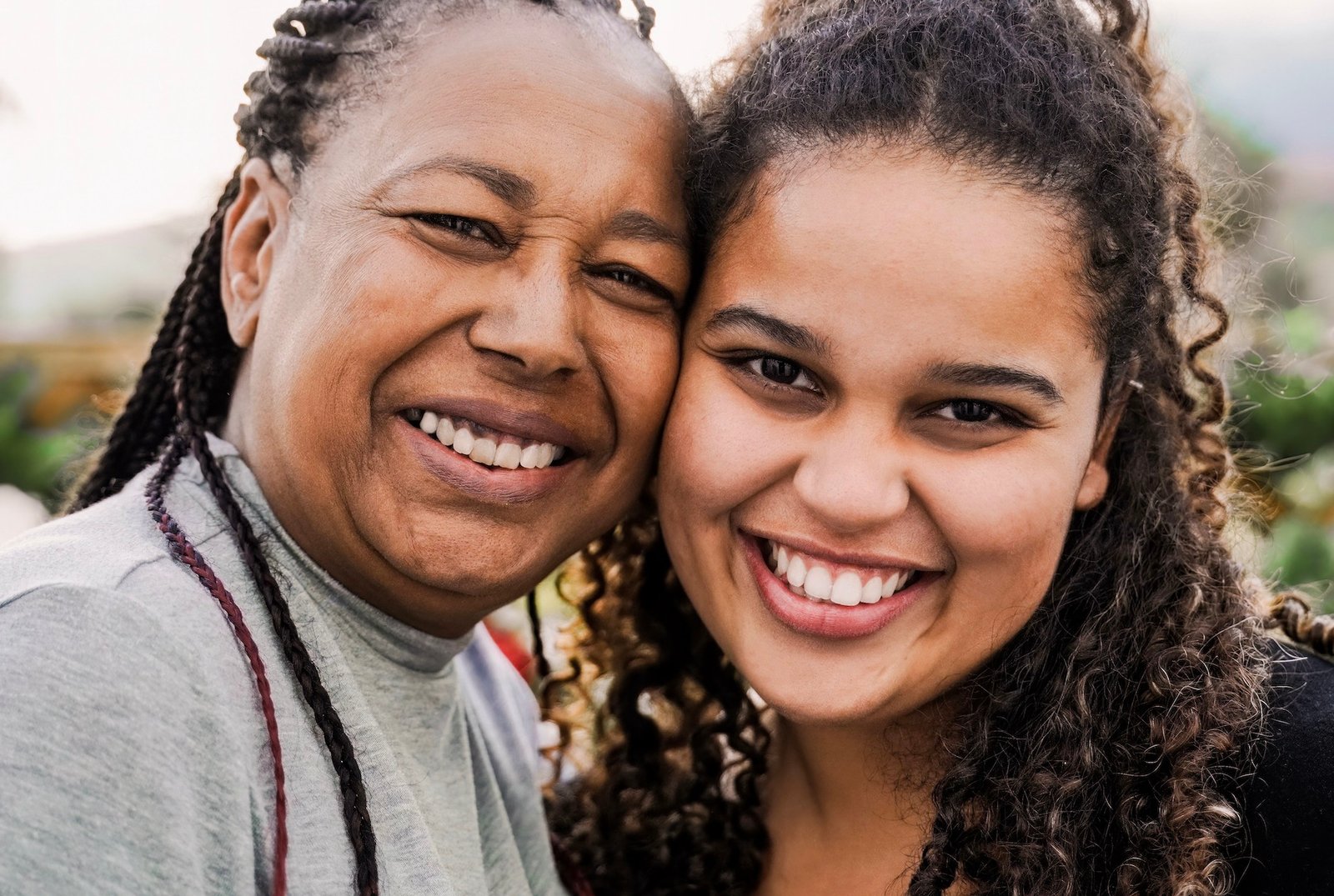How gender inequality in relationships could contribute to teenage pregnancy

On this page, we discuss how gender inequality in relationships could contribute to teenage pregnancy. Do you know that as of 2021, approximately three percent of females aged 14 to 19 years in South Africa stated that they were going through different stages of pregnancy within the last 12 months. Teenage pregnancy in South Africa remains a great concern, and there should be ways and solutions to this concern. As girls don’t make the babies alone by themselves, how about looking at gender inequalities in relationships?
The issues of gender inequality play a large role in teenage pregnancy in South Africa. The decisions about using contraceptives and when as well as how to engage in sexual activity can easily be influenced by the man in the relationship. The reason behind this is that men are mostly in the position of power in most relationships. as a result of gender inequality.
Sexual abuse such as fondling, rape or sexual exploitation of teen females, as well as minors by male parents, caregivers or strangers, can also be linked to gender inequality. Men usually sexually abuse women because of their power in the society.
How gender inequality in relationships could contribute to teenage pregnancy
Gender inequality in relationships contributes to teenage pregnancy through 5 factors: Lack of Access to Sexual and Reproductive Health Information and Services, Power Imbalance in Relationships, Stigma and Discrimination, Economic Insecurity, Violence and Coercion (Abuse):
- Lack of Access to Sexual and Reproductive Health Information and Services: In societies where gender inequality is prevalent, girls may not have access to comprehensive sexual education and reproductive health services, making them more vulnerable to unintended pregnancy.
- Power Imbalance in Relationships: When one partner has more power in a relationship, they may be more likely to make decisions about sexual activity without considering the other person’s needs or desires. This can lead to pressure to engage in sexual activity before a person is ready or to have unprotected sex, increasing the risk of unintended pregnancy.
- Stigma and Discrimination: In societies where gender inequality is prevalent, girls who become pregnant as teenagers may face stigma and discrimination, which can further limit their access to healthcare and support.
- Economic Insecurity: Girls who grow up in poverty or in households with limited economic resources may be more vulnerable to unintended pregnancy because they may feel pressure to engage in sexual activity as a means of obtaining financial support.
- Violence and Coercion: In relationships characterized by gender-based violence, girls may be forced or coerced into sexual activity, increasing their risk of unintended pregnancy.
These are some of the ways that gender inequality in relationships can contribute to teenage pregnancy. It is important to address gender inequality in all its forms to help prevent unintended pregnancy and support the health and well-being of girls and young women.






